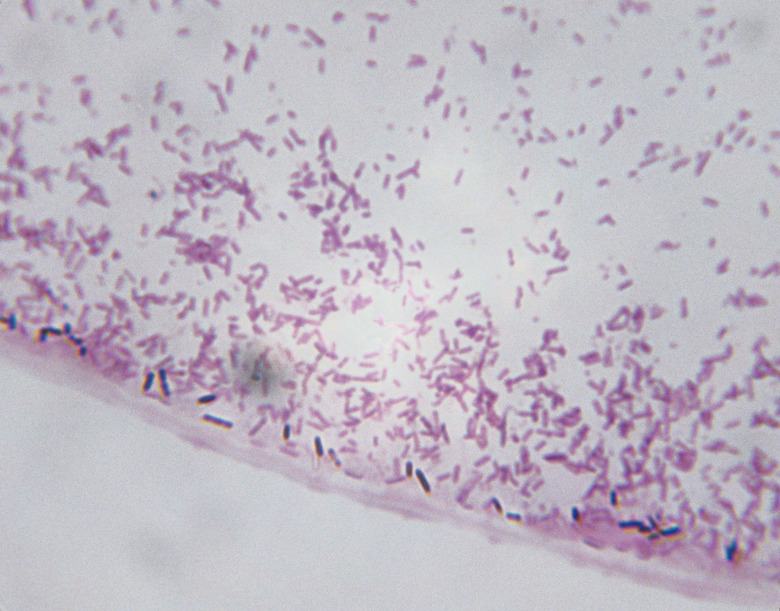How To Make A Prokaryotic Cell Model
All cells, which are the basic unit of life, fall into one of two categories: prokaryotic and eukaryotic. The prokaryotic cell is a smaller and less complex type of cell which is associated with bacteria. These cells have no nucleus and no membrane-bound organelles within the cytoplasm. Making a model of a prokaryotic cell is simple and requires just a few items which are available at a hobby store.
Step 1
Cut a large Styrofoam ball in half with a knife. Discard one of the halves. Cut a small portion from the back of the ball with the knife to create a flat surface for the model to sit on. The flat surface represents a cross section of the interior of the prokaryotic cell.
Step 2
Paint the exterior of the Styrofoam ball one color. Do not paint the flat surfaces of the model.
Step 3
Paint a thin line, about 1/4 inch in width, that rings around the rim on the flat surface of the model and let dry. This represents the capsule which protects the cell.
Step 4
Paint another thin ring of another color right next to the capsule line on the flat surface of the foam. This line represents the cell wall of the prokaryotic cell. This wall separates the capsule from the membrane and interior of the cell.
Step 5
Paint a third circular line around the edge of the model which touches the cell wall. This represents the cell membrane which is responsible for moving material into and outside the cell. When you are finished the lines will look like rings of a target.
Step 6
Create the nucleoid by attaching rubber bands to the center of the flat surface. The rubber bands should overlap each other so that they are all touching. Use glue or staples to hold the rubber bands in place.
Step 7
Cut small foam balls in half and secure them onto the flat surface with glue or toothpicks. These balls represent the ribosomes present inside the cell which are made out of RNA and proteins.
Step 8
Attach short pieces of licorice to the outside of the cell model using toothpicks. These short pieces represent the pili, which are responsible for moving the cell from one place to another.
Step 9
Connect one long piece of licorice to the outside of the cell model. This longer piece represents a flagella which, like the pili, aid the cell in transportation from one place to another.
Things Needed
- Large Styrofoam ball
- Knife
- Paint
- Rubber bands
- Glue
- Staples
- Small Styrofoam balls
- Toothpicks
- Licorice
Cite This Article
MLA
Carpenter, Michael E. "How To Make A Prokaryotic Cell Model" sciencing.com, https://www.sciencing.com/make-prokaryotic-cell-model-12053893/. 24 April 2017.
APA
Carpenter, Michael E. (2017, April 24). How To Make A Prokaryotic Cell Model. sciencing.com. Retrieved from https://www.sciencing.com/make-prokaryotic-cell-model-12053893/
Chicago
Carpenter, Michael E. How To Make A Prokaryotic Cell Model last modified March 24, 2022. https://www.sciencing.com/make-prokaryotic-cell-model-12053893/
